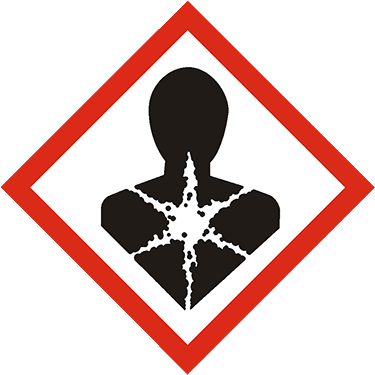Click "Allow Cookies" to consent to storing cookies on your device to improve your experience on our site. Learn more.
FAME Reference Standard
Catalog NumberCat#
FAMQ-005
17034 Classification17034 Class.
Certified Reference Material
Matrix
Varied conc. in CH2Cl2
Number of ComponentsComps.
37 See Analytes
Storage ConditionStorage
Freeze (<-10 °C)
Unit
1 mL
Price (USD) Price
$85.00
Product Details
Typical ChromatogramChrom.
Analytes
| Analyte | CAS Number | Target Concentration |
|---|---|---|
| Butyric acid methyl ester | 623-42-7 | 400 µg/mL |
| Caproic acid methyl ester | 106-70-7 | 400 µg/mL |
| Caprylic acid methyl ester | 111-11-5 | 400 µg/mL |
| Capric acid methyl ester | 110-42-9 | 400 µg/mL |
| Undecanoic acid methyl ester | 1731-86-8 | 200 µg/mL |
| Lauric acid methyl ester | 111-82-0 | 400 µg/mL |
| Tridecanoic acid methyl ester | 1731-88-0 | 200 µg/mL |
| Myristic acid methyl ester | 124-10-7 | 400 µg/mL |
| Myristoleic acid methyl ester | 56219-06-8 | 200 µg/mL |
| Pentadecanoic acid methyl ester | 7132-64-1 | 200 µg/mL |
| cis-10-Pentadecenoic acid methyl ester | 90176-52-6 | 200 µg/mL |
| Palmitic acid methyl ester | 112-39-0 | 600 µg/mL |
| Palmitoleic acid methyl ester | 1120-25-8 | 200 µg/mL |
| Heptadecanoic acid methyl ester | 1731-92-6 | 200 µg/mL |
| cis-10-Heptadecenoic acid methyl ester | 75190-82-8 | 200 µg/mL |
| Stearic acid methyl ester | 112-61-8 | 400 µg/mL |
| Elaidic acid methyl ester | 1937-62-8 | 200 µg/mL |
| Oleic acid methyl ester | 112-62-9 | 400 µg/mL |
| Linolelaidic acid methyl ester | 2566-97-4 | 200 µg/mL |
| Linoleic acid methyl ester | 112-63-0 | 200 µg/mL |
| Arachidic acid methyl ester | 1120-28-1 | 400 µg/mL |
| g-Linolenic acid methyl ester | 16326-32-2 | 200 µg/mL |
| cis-11-Eicosenoic acid methyl ester | 2390-09-2 | 200 µg/mL |
| Linolenic acid methyl ester | 301-00-8 | 200 µg/mL |
| Heneicosanoic acid methyl ester | 6064-90-0 | 200 µg/mL |
| cis-11,14-Eicosadienoic acid methyl ester | 61012-46-2 | 200 µg/mL |
| Behenic acid methyl ester | 929-77-1 | 400 µg/mL |
| Methyl cis-8,11,14-eicosatrienoate | 21061-10-9 | 200 µg/mL |
| Erucic acid methyl ester | 1120-34-9 | 200 µg/mL |
| cis-11-14-17-Eicosatrienoic acid methyl ester | 55682-88-7 | 200 µg/mL |
| Arachidonic acid methyl ester | 2566-89-4 | 200 µg/mL |
| Tricosanoic acid methyl ester | 2433-97-8 | 200 µg/mL |
| cis-13,16-Docosadienoic acid methyl ester | 61012-47-3 | 200 µg/mL |
| Lignoceric acid methyl ester | 2442-49-1 | 400 µg/mL |
| cis-5,8,11,14,17-Eicosapentaenoic acid methyl ester | 2734-47-6 | 200 µg/mL |
| Nervonic acid methyl ester | 2733-88-2 | 200 µg/mL |
| cis-4,7,10,13,16,19-Docosahexaenoic acid methyl ester | 2566-90-7 | 200 µg/mL |


